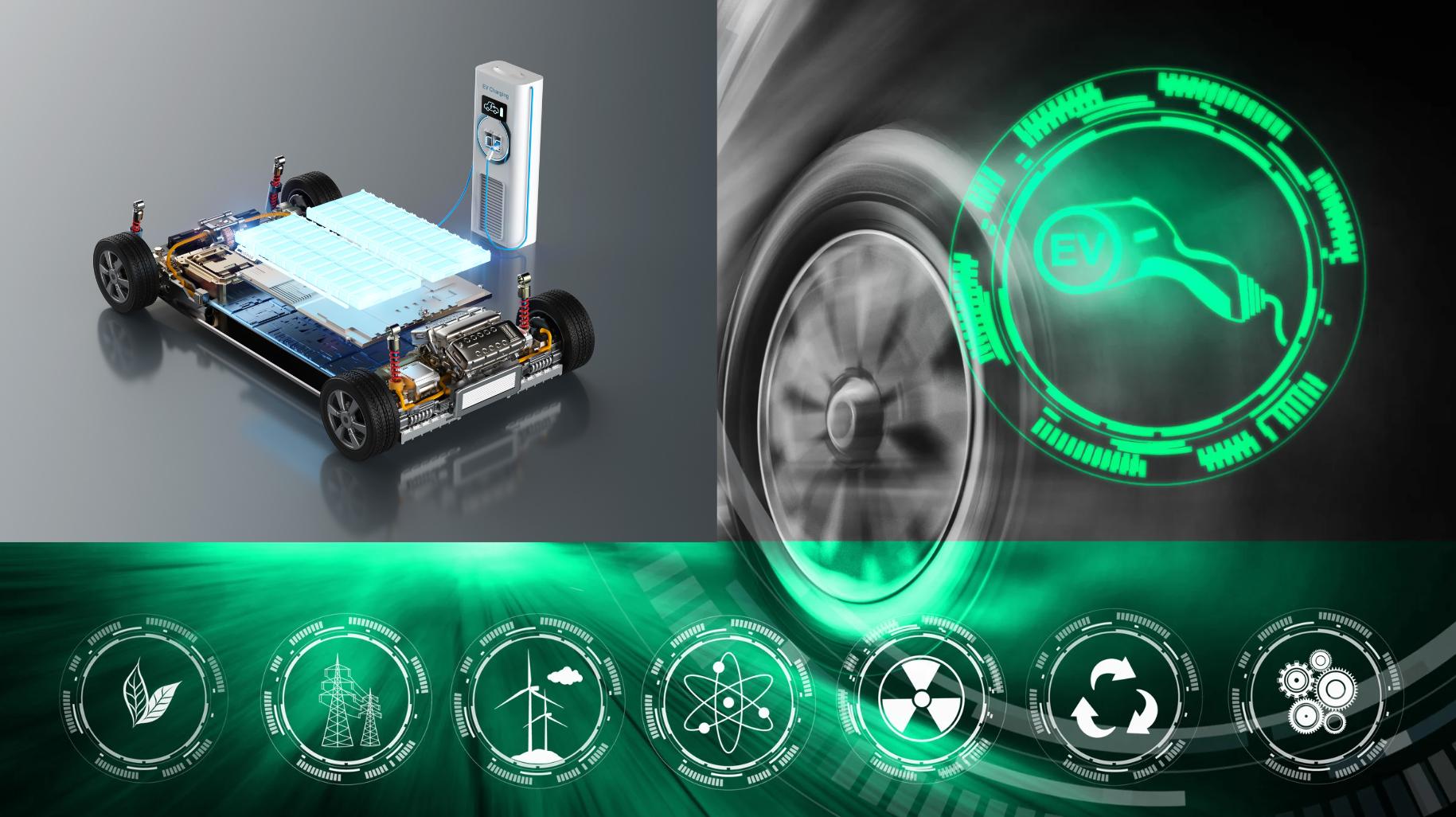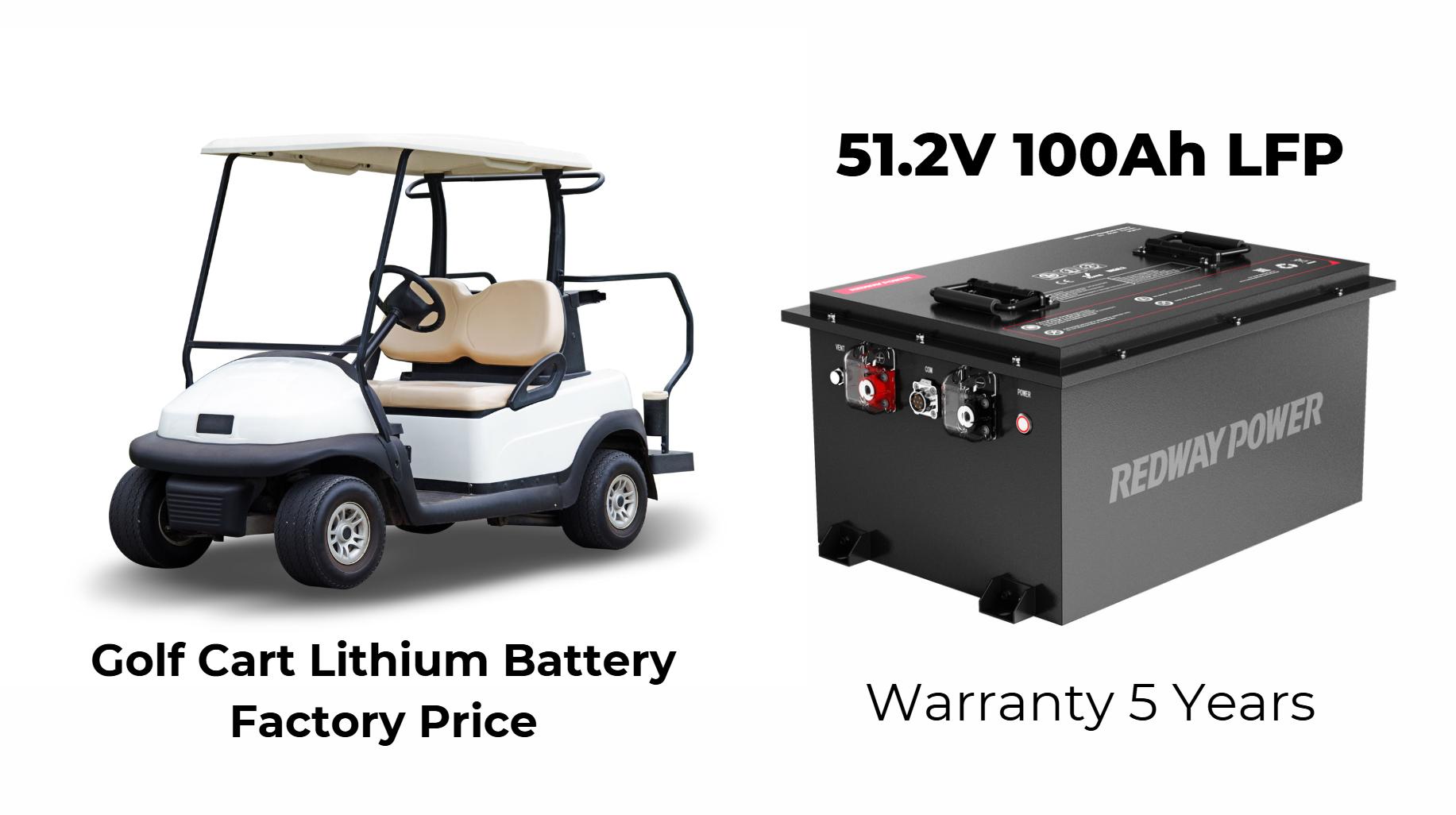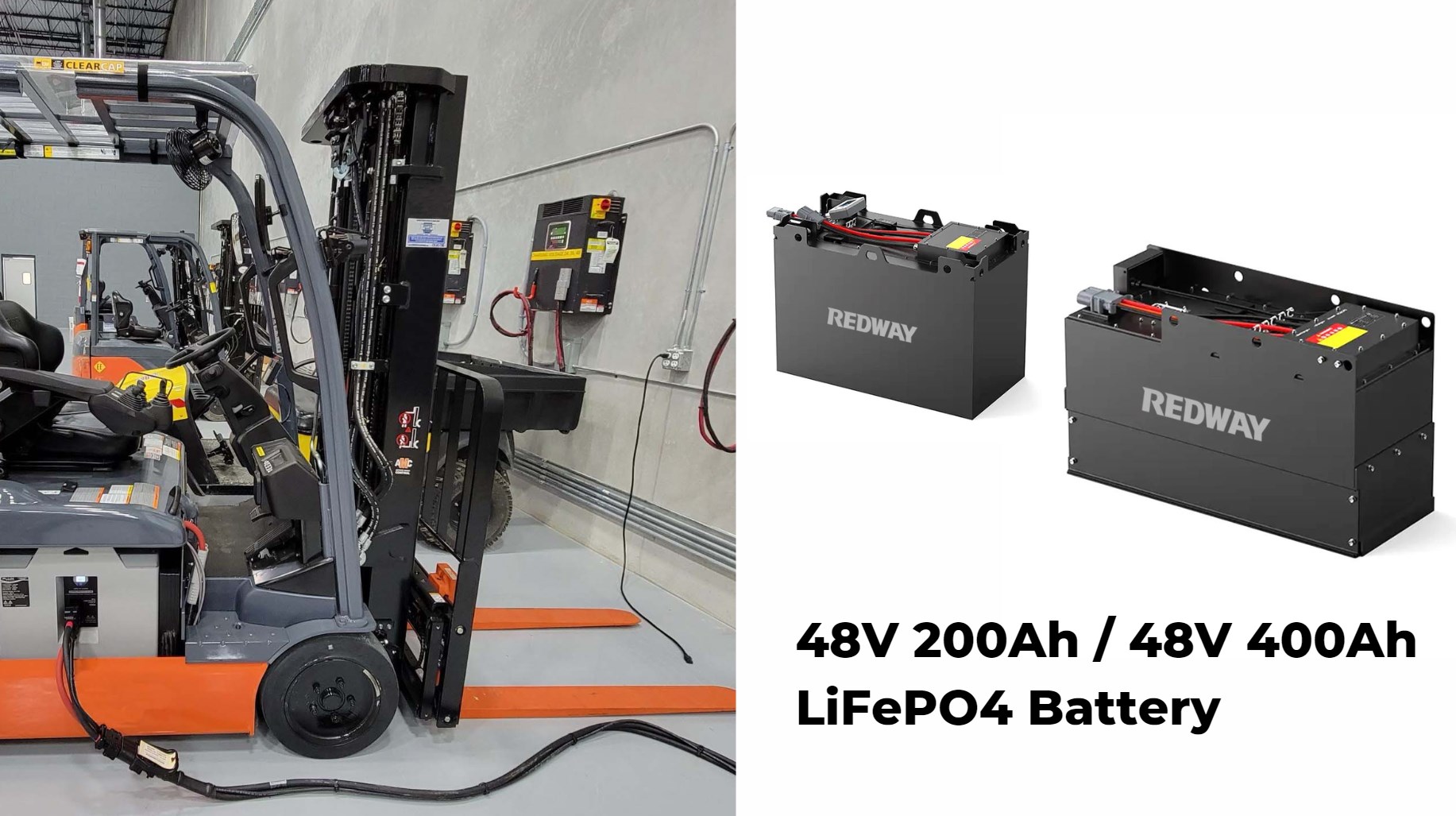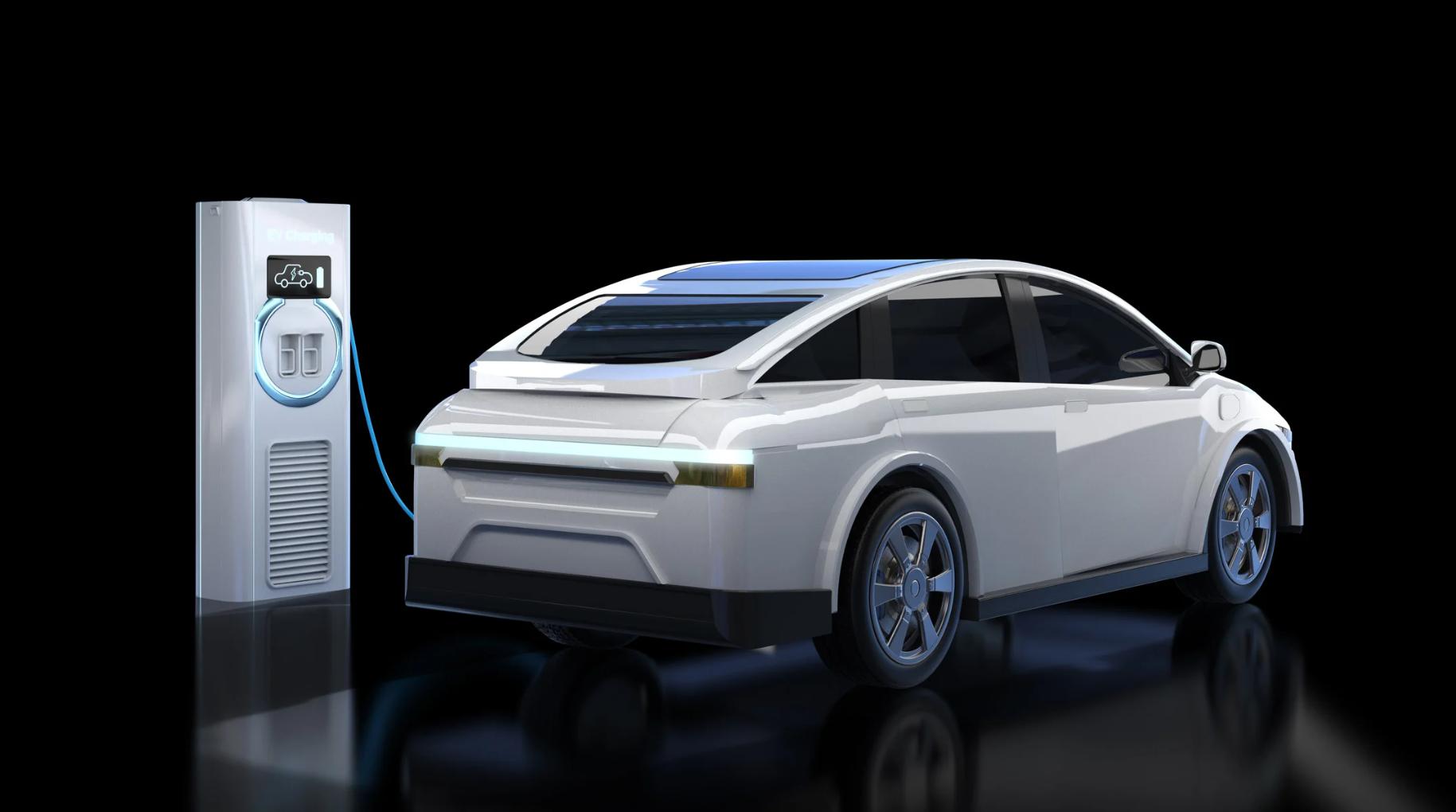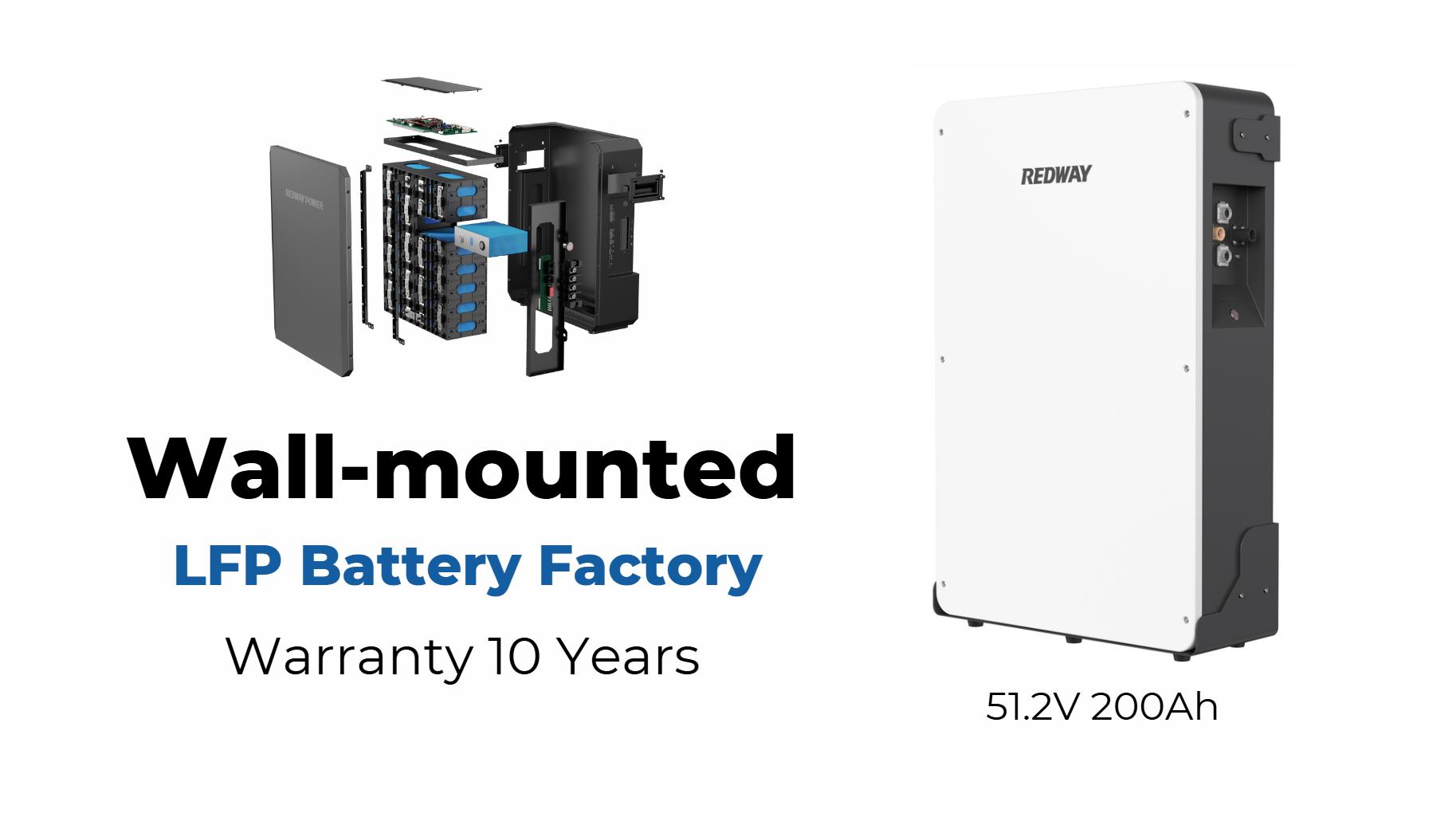The Comprehensive Guide to Automotive-Grade Lithium LiFePO4 Batteries
In recent years, the demand for automotive-grade lithium batteries, particularly LiFePO4 (Lithium Iron Phosphate) batteries, has surged. As a leading manufacturer with over 12 years of experience, Redway Battery specializes in producing high-quality LiFePO4 batteries tailored for various applications, including golf carts. This article delves into the advantages, specifications, and user experiences associated with automotive-grade lithium batteries, particularly focusing on the benefits of LiFePO4 technology.
Automotive-grade lithium LiFePO4 batteries are safe and long-lasting options for vehicles. They charge quickly, provide consistent power, and are lighter than traditional lead-acid batteries. Plus, they are more environmentally friendly due to their reduced use of harmful materials.
Advantages of Automotive-Grade Lithium Batteries
Automotive-grade lithium batteries offer several distinct advantages over traditional lead-acid batteries:
- Longer Lifespan: LiFePO4 batteries can last up to 10 years or more, significantly outpacing the typical lifespan of lead-acid batteries, which is around 3-5 years.
- Higher Energy Density: These batteries provide a higher energy density, allowing for more power in a smaller and lighter package. This characteristic is crucial for vehicles where weight and space are critical factors.
- Improved Safety: LiFePO4 chemistry is known for its thermal stability and resistance to thermal runaway, making it a safer option compared to other lithium-ion chemistries.
- Fast Charging Capability: Automotive-grade lithium batteries can be charged much faster than lead-acid counterparts, reducing downtime and increasing vehicle availability.
- Low Self-Discharge Rate: LiFePO4 batteries have a low self-discharge rate, meaning they retain their charge longer when not in use, making them ideal for seasonal vehicles like golf carts.
Cost Per Use Comparison: LiFePO4 vs. Lead-Acid Batteries
When evaluating the cost-effectiveness of battery technologies, it is essential to consider the cost per use. While the initial investment for LiFePO4 batteries may be higher than that of lead-acid batteries, their longevity and performance translate into lower costs over time.
- LiFePO4 Batteries: With a lifespan of approximately 3,000 to 5,000 cycles, the cost per cycle becomes significantly lower when spread over the battery’s life.
- Lead-Acid Batteries: Typically offering around 500 to 1,000 cycles, the frequent need for replacement increases overall costs.
In summary, while lead-acid batteries may appear cheaper upfront, LiFePO4 batteries provide superior value in terms of longevity and performance.
Energy Capacity and Weight Comparison
When comparing energy capacity and weight between LiFePO4 and lead-acid batteries:
- A standard 12V 100Ah LiFePO4 battery weighs approximately 30 lbs (13.6 kg).
- In contrast, a comparable lead-acid battery can weigh around 60 lbs (27 kg) or more for similar capacity.
This substantial weight difference not only affects vehicle performance but also influences handling and efficiency.
Applications and Flexibility of 12V LiFePO4 Batteries
The versatility of 12V LiFePO4 batteries makes them suitable for various applications:
- Golf Carts: Providing reliable power with reduced weight.
- Trolling Motors: Ideal for boating applications due to their lightweight and robust performance.
- Solar Energy Storage: Efficiently storing energy from solar panels for later use.
- Recreational Vehicles (RVs): Supporting appliances and systems without excessive weight.
The adaptability of these batteries ensures they meet diverse power needs across multiple sectors.
Specifications of a 12V 100Ah Mini LiFePO4 Battery
A typical 12V 100Ah mini LiFePO4 battery features:
- Energy Capacity: 1,280 Wh (Watt-hours)
- Weight: Approximately 30 lbs (13.6 kg)
- Dimensions: Compact size suitable for various installations
- Cycle Life: Up to 5,000 cycles at 80% depth of discharge
- Discharge Rate: Continuous discharge rate of up to 100A
These specifications highlight the efficiency and practicality of using mini LiFePO4 batteries in various applications.
User Reviews and Experiences with LiFePO4 Batteries
User feedback on LiFePO4 batteries often emphasizes their reliability and performance:
- Many users report significant improvements in run time compared to lead-acid batteries.
- Positive reviews frequently mention the lightweight nature of these batteries as a game-changer for applications like golf carts and RVs.
- Users appreciate the fast charging capabilities that reduce downtime during use.
Overall, customer experiences reflect high satisfaction rates with performance and longevity.
Self-Discharging Rate Comparison
The self-discharging rate of LiFePO4 batteries is remarkably low—typically around 2% per month, compared to lead-acid batteries that can self-discharge by up to 20% per month. This characteristic ensures that vehicles powered by LiFePO4 remain ready for use after extended periods without charging.
Recommendations for Using LiFePO4 Batteries with Trolling Motors
When utilizing LiFePO4 batteries with trolling motors:
- Ensure compatibility with your motor’s voltage requirements.
- Use appropriate connectors and wiring to handle the discharge rates safely.
- Monitor battery levels regularly to avoid deep discharges that could impact longevity.
These recommendations help maximize performance while ensuring safe operation.
Best Budget LiFePO4 Batteries for Outdoor and At-Home Needs
For those seeking budget-friendly options without compromising quality:
- Look for reputable brands that offer warranties and customer support.
- Consider purchasing from established manufacturers like Redway Battery, known for their reliable products.
- Check online reviews and user experiences before making a purchase decision.
These strategies will help you find cost-effective solutions tailored to your needs.
Warranty and Technical Support Details
Most manufacturers offer warranties ranging from 2 to 10 years, depending on the product specifications. Technical support is typically available through online chat, email, or phone consultations, ensuring customers receive assistance when needed. Redway Battery stands out by providing comprehensive support services to enhance user experience and satisfaction.
Conclusion
In conclusion, automotive-grade lithium LiFePO4 batteries represent a significant advancement in battery technology. Their numerous advantages over traditional lead-acid options make them an ideal choice for various applications, particularly in golf carts. With their long lifespan, lightweight design, safety features, and excellent performance metrics, it’s clear why these batteries are gaining popularity among consumers seeking reliable power solutions.
For those interested in upgrading their power systems or exploring custom solutions tailored to specific needs, Redway Battery is prepared to deliver high-quality products backed by exceptional service. Contact us today for a quick quote!
Latest News
- Guides Published Recently: Comprehensive guides detailing automotive-grade Lithium Iron Phosphate (LiFePO4) battery specifications have been released emphasizing their advantages over conventional options!
- User Experiences Shared:** Users report improved reliability & performance metrics after transitioning from traditional automotive chemistries!
- Market Growth Noted:** Increased adoption rates seen across various vehicle types due largely because these advanced technologies offer superior efficiency!
Redway Expert Comment
“Automotive-grade Lithium Iron Phosphate (LiFEpo₄) Batteries represent a significant advancement within automotive applications! Their inherent stability combined with high cycle life makes them ideal choices compared against conventional chemistries! Users consistently report enhanced reliability alongside improved performance metrics post-transitioning towards this cutting-edge technology! As an expert—I strongly advocate exploring all available resources surrounding these innovative solutions!”

